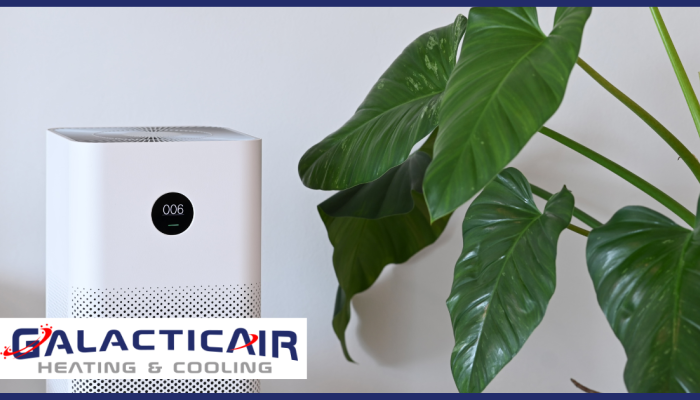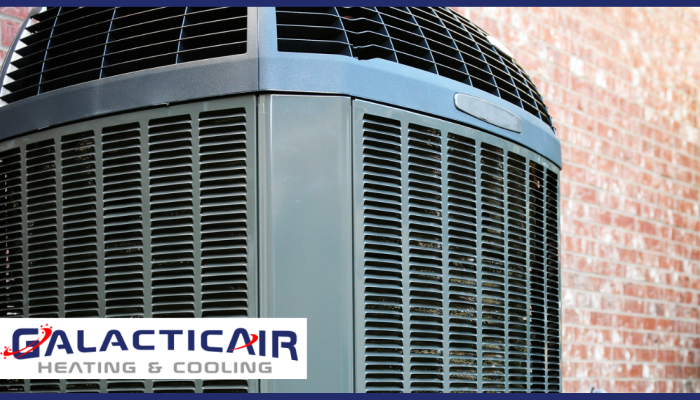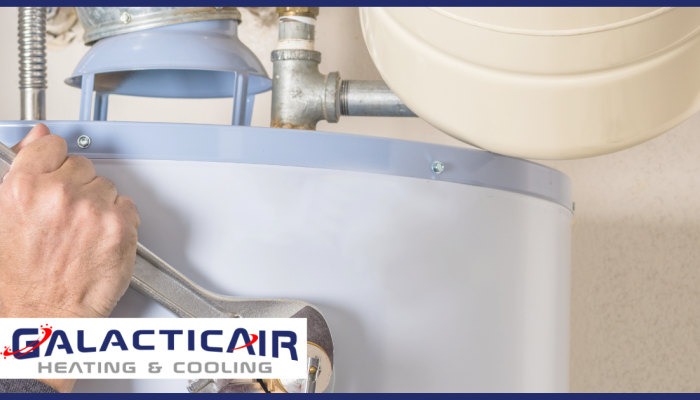As the tapestry of spring unfurls, it brings an awakening of blooming flora, yet with this renewal comes the invisible challenge of maintaining pristine indoor air quality.
Amidst the symphony of birdsong and verdant landscapes, pollen and other allergens stealthily invade our sanctuaries, transforming our homes into arenas where the battle for breathability ensues.
Spring Season Air Quality Challenges
As the spring season unfurls its petals, bringing with it a vibrant but challenging array of air quality concerns, your attention might be drawn towards the microscopic intruders that stealthily navigate the boundary between the outdoors and your sanctuary — pollen and other allergens.
These unseen particles commence an odyssey into homes, igniting allergic reactions that can transform a serene abode into a battleground for those sensitive to their presence.
Spring cleaning emerges not just as a ritual but as a critical endeavor in combating airborne adversaries, offering a beacon of hope in decluttering not just spaces, but the air we breathe.
Amidst these considerations, the role of humidity transforms, no longer just a marker of atmospheric shifts, but a key player in the indoor air quality drama – with its fluctuations capable of either fostering a haven for mold and mildew or helping in the pursuit of an allergen-reduced environment.
Understanding Pollen and Allergen Levels
These minuscule marauders float effortlessly from the great outdoors into your living quarters, riding on the coattails of a gentle breeze or hitching a ride on clothing and pets. Recognizing the uninvited guests in your home begins with understanding their origins and the conditions under which they thrive:
| Allergen | Source | Peak Activity |
| Pollen | Trees, grasses, and weeds | Early morning |
| Mold Spores | High humidity areas, wet surfaces | After rain, in warm conditions |
| Pet Dander | Cats, dogs, and other furry pets | Year-round, increases with shedding |
| Dust Mites | Household dust | Year-round, peak in humid conditions |
Tips for Keeping Pollen Out of Your Home
As spring breathes life into the world outside, ensuring the air within your home remains clean requires vigilant action against the intrusion of pollen.
Crucial steps include regular maintenance and strategic reinforcements at potential entry points.
By focusing on the essentials—checking and replacing air filters with the correct Minimum Efficiency Reporting Value (MERV), sealing cracks and openings around windows and doors, and deploying air purifiers with HEPA filters—you set up formidable defenses.
These measures not only capture and isolate pollen but also fortify your living space against other particulate invaders, ensuring that your sanctuary remains a haven of clean air throughout the blooming season.
Regularly Check and Replace Air Filters
Embarking on the journey of safeguarding your indoor realm from the minuscule invaders known as pollen, the first line of defense is often overlooked yet holds paramount importance: the air filter. Regular monitoring and replacement of these guardians, especially with those that boast a high Minimum Efficiency Reporting Value (MERV), act as a formidable barrier against pollen’s relentless incursion. We at Galactic don’t recommend high MERV filters for the average homeowner. It’s important to know which rating works best for your home. These filters, much like sentinels at the gates, capture the invisible particles before they trespass into your sanctuary, yet their diligence fades with time and usage, necessitating timely replacement:
| Action | Benefit | Frequency |
| Checking air filters | Detects efficiency loss | Monthly |
| Replacing air filters | Maintains high air quality | Every 3-6 months |
| Opting for high MERV filters | Enhances pollen capture | As needed |
Seal Windows and Doors Properly
In the battleground of allergy management, sealing windows and doors emerges as a critical maneuver: a simple yet effective strategy to prevent pollen’s siege on your indoor sanctum. This tactic, akin to reinforcing the ramparts of a fortress, ensures that the onslaught of allergens finds no breach through which to infiltrate. Achieving an airtight seal around these potential entry points minimizes the indoor presence of outdoor pollutants, safeguarding the air quality of your haven.
- Inspect window and door frames for gaps or deteriorating seals.
- Apply weather-stripping or caulking to seal off any identified openings.
- Consider installing draft stoppers on doors that lead outside.
Use Air Purifiers Effectively
Deploying air purifiers within your dwelling acts as the final, critical layer in your defensive stratagem against the relentless springtime incursion of pollen: These diligent devices, furnished with HEPA filters, stand as your air quality custodians. They work tirelessly to scrub the indoor atmosphere, ensnaring pollen particles that dare to breach the sanctity of your home, thus ensuring each breath you take is cleaner and more invigorating.
Minimize Indoor Allergens During Spring
Embarking on the journey to enhance indoor air quality during springtime entails a multifaceted approach wherein your vigilance could transform your home into an allergen-reduced sanctuary.
Initiating this quest with a focus on minimizing pet dander and dust mites presents a foundational step toward a cleaner, healthier indoor environment.
From there, steering the helm towards controlling mold growth through adept humidity management emerges as a crucial strategy, acting as a safeguard against the proliferation of these unwanted guests.
Moreover, selecting allergen-reducing cleaning products equips you with the arsenal needed to tackle the unseen enemies head-on, ensuring that your efforts to cleanse the air you breathe are both effective and conducive to maintaining the well-being of your indoor oasis.
Incorporating Plants for Better Indoor Air Quality
Embarking on the journey to enhance the sanctuary of your home this spring, the introduction of air-purifying plants emerges as a verdant strategy, not just for aesthetic enhancement, but as a natural defender against indoor air pollutants.
Deliberately selecting the right flora plays a pivotal role in your quest for cleaner air, where the choice extends beyond mere beauty to functional air-purification capabilities.
For those among us navigating the challenge of allergies, discerning which plants to welcome and which to avoid is crucial, ensuring our green companions bring relief, not discomfort.
Upgrading Your Home to Improve Air Quality
As the verdant hues of spring begin to unfurl across the landscape, elevating your home’s defenses against invasive allergens and pollutants becomes crucial. Investing in high-efficiency HVAC filters fortifies your home against a plethora of airborne contaminants, laying the groundwork for an allergen-reduced sanctuary.
Meanwhile, the introduction of HEPA air purifiers acts as a vigilant sentinel, adept at capturing even the most elusive of particles, thus ensuring each breath within your walls is infused with purity.
Moreover, the installation of humidity control systems addresses the seasonal flux in moisture levels, curbing the growth of mold and fostering an environment where wellness takes precedence.
Together, these enhancements form a cohesive strategy, each component synergistically working to bolster your home’s indoor air quality during the vibrant, yet allergen-rich, spring season.
Investing in High-Efficiency HVAC Filters
Stepping into the season of renewal, upgrading your home with high-efficiency HVAC filters becomes a proactive measure in the pursuit of pristine indoor air. These advanced filters, endorsed for their superior ability to trap and neutralize a wide array of pollutants, including pollen, dander, and even minute particulates, are essential tools in your arsenal against springtime allergens.
The Benefits of HEPA Air Purifiers
Embracing HEPA air purifiers presents a significant stride towards purifying your home’s ambiance: these sophisticated devices masterfully seize up to 99.97% of airborne particles as tiny as 0.3 microns, including pollen, mold spores, and dust mites. This level of filtration transforms your living spaces into bastions of freshness, where every inhalation is akin to a breath of pristine, springtime air.


